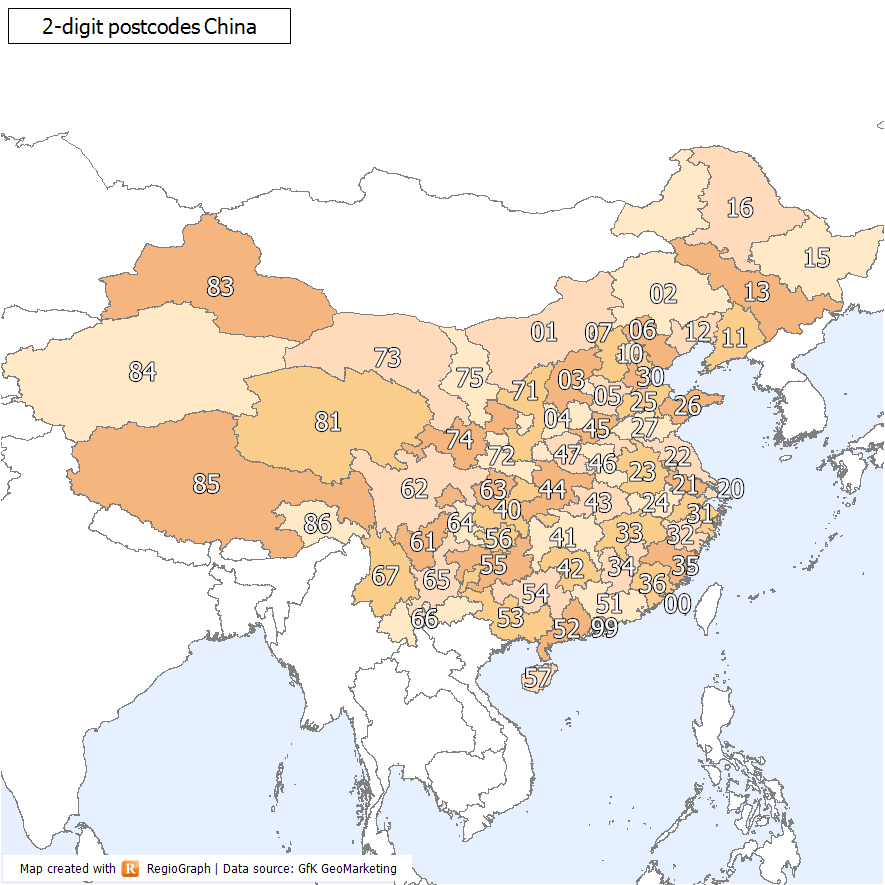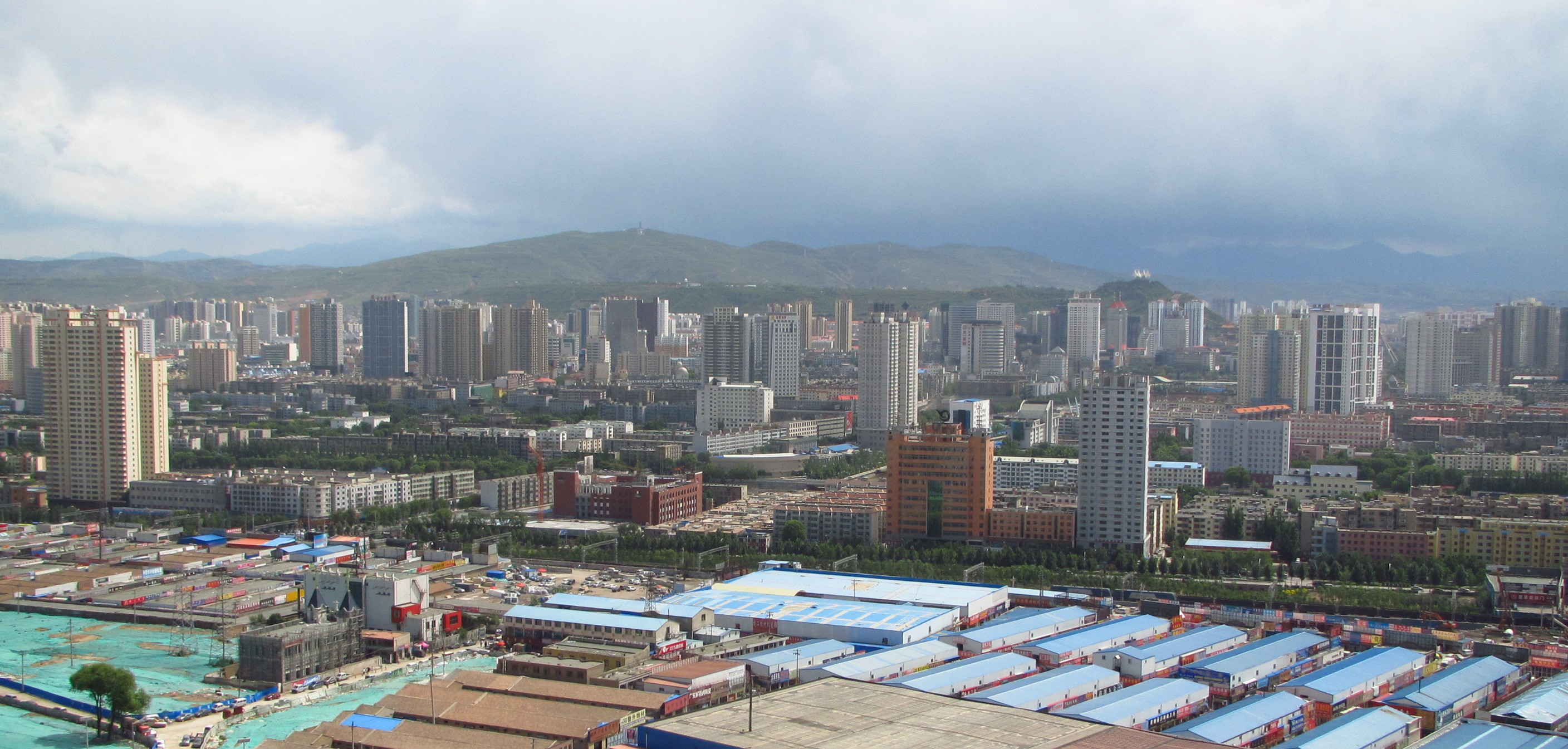|
Huzhu County
Huzhu Tu Autonomous County (; Monguor language, Monguor: ), or in short Huzhu County (), is an autonomous county under the jurisdiction of the prefecture-level city of Haidong, in the east of Qinghai province, China, bordering Gansu province to the northeast. It has an area of and approximately 370,000 inhabitants (2004). Its seat is the town of Weiyuan, Huzhu County, Weiyuan. The monastery of Chuzang, located in the town of Nanmenxia some northwest of the seat of Huzhu County, is listed as a national monument of China (since 2006). The Xining Caojiabao Airport (IATA: XNN, ICAO: ZLXN) which serves Xining, capital of Qinghai Province, is located in the county. Administrative divisions Huzhu is divided into 1 Subdistricts of China, subdistrict, 7 Towns of China, towns and 9 Townships of China, townships, and 2 Ethnic townships, towns, and sums, ethnic townships. *Gaozhai Subdistrict () *Weiyuan Town () *Danma Town () *Nanmenxia Town () *Jiading Town () *Tangchuan Town () *Wush ... [...More Info...] [...Related Items...] OR: [Wikipedia] [Google] [Baidu] [Amazon] |
Postal Code Of China
Postal codes in the China, People's Republic of China () are postal codes used by China Post for the delivery of letters and goods within mainland China. China Post uses a six-digit all-numerical system with four tiers: the first tier, composed of the first two digits, show the provinces of China, province, province-equivalent direct-controlled municipalities of China, municipality, or autonomous regions of China, autonomous region; the second tier, composed of the third digit, shows the postal zone within the province, municipality or autonomous region; the fourth digit serves as the third tier, which shows the postal office within prefectures of the People's Republic of China, prefectures or prefecture-level city, prefecture-level cities; the last two digits are the fourth tier, which indicates the specific mailing area for delivery. The range 000000–009999 was originally marked for Taiwan (The Republic of China) but is not used because it not under the control of the People' ... [...More Info...] [...Related Items...] OR: [Wikipedia] [Google] [Baidu] [Amazon] |
Gansu
Gansu is a provinces of China, province in Northwestern China. Its capital and largest city is Lanzhou, in the southeastern part of the province. The seventh-largest administrative district by area at , Gansu lies between the Tibetan Plateau, Tibetan and Loess Plateau, Loess plateaus and borders Mongolia's Govi-Altai Province, Inner Mongolia and Ningxia to the north, Xinjiang and Qinghai to the west, Sichuan to the south and Shaanxi to the east. The Yellow River passes through the southern part of the province. Part of Gansu's territory is located in the Gobi Desert. The Qilian Mountains, Qilian mountains are located in the south of the Province. Gansu has a population of 26 million, ranking List of Chinese administrative divisions by population, 22nd in China. Its population is mostly Han Chinese, Han, along with Hui people, Hui, Dongxiangs, Dongxiang and Tibetan people, Tibetan minorities. The most common language is Mandarin. Gansu is among the poorest administrative divi ... [...More Info...] [...Related Items...] OR: [Wikipedia] [Google] [Baidu] [Amazon] |
List Of Administrative Divisions Of Qinghai
Qinghai, a province of the People's Republic of China, is made up of the following administrative divisions. Administrative divisions All of these administrative divisions are explained in greater detail at Administrative divisions of the People's Republic of China. This chart lists all prefecture-level and county-level divisions of Qinghai. Administrative divisions history Recent changes in administrative divisions Population composition Prefectures Counties Drafted and proposed cities Qinghai is planning to re-organise the following administrative divisions: ;County-level cities * Gonghe ← Gonghe County *Guide ← Guide County * Haiyan ← Haiyan County *Qaidam () ← Da Qaidam and Delingha * Maqin ← Maqin County See also * List of township-level divisions of Qinghai, for towns and townships References {{authority control Qinghai Qinghai is an inland Provinces of China, province in Northwestern China. It is the largest provinces of China ... [...More Info...] [...Related Items...] OR: [Wikipedia] [Google] [Baidu] [Amazon] |
China Meteorological Administration
The China Meteorological Administration (CMA) is the national weather service of the People's Republic of China. The institution is located in Beijing. History The agency was originally established in December 1949 as the Central Military Commission Meteorological Bureau. It replaced the Central Weather Bureau formed in 1941. In 1994, the CMA was transformed from a subordinate governmental body into one of the public service agencies under the State Council.CMA.gov history Meteorological bureaus are established in 31 provinces, autonomous regions and [...More Info...] [...Related Items...] OR: [Wikipedia] [Google] [Baidu] [Amazon] |
Ethnic Townships, Towns, And Sums
Ethnic townships (officially translated as nationality townshipsConstitution of the People's Republic of China, Article 95), ethnic towns, and ethnic sums are fourth-level administrative units designated for ethnic minorities of political divisions in the People's Republic of China. They are not considered to be autonomous and do not enjoy the laws pertaining to the larger ethnic autonomous areas such as autonomous regions, autonomous prefectures, autonomous counties, and autonomous banners. However, what defines an ethnic township is that the law requires that its head of government be a member of the titular ethnic minority. The only ethnic sum is the Evenk Ethnic Sum in Old Barag Banner, Inner Mongolia. Numbers of ethnic townships, towns, and sums List of ethnic townships and ethnic towns Anhui * Paifang Hui and Manchu Ethnic Township () * Saijian Hui Ethnic Township () * Gugou Hui Ethnic Township () * Gudui Hui Ethnic Township () * Lichong Hui Ethnic Tow ... [...More Info...] [...Related Items...] OR: [Wikipedia] [Google] [Baidu] [Amazon] |
Townships Of China
Townships ( zh, s=乡, labels=no), formally township-level divisions ( zh, s=乡级行政区, labels=no), are the basic level (fourth-level administrative units) of political divisions in the People's Republic of China. They are similar to municipalities and communes in other countries and in turn may contain village committees and villages. In 1995 there were 29,648 townships and 17,570 towns (a total of 47,218 township-level divisions) in China which included the territories held by the Republic of China and claimed by the PRC. Much like other levels of government in mainland China, the township's governance is divided between the Communist Party Township Secretary, and the " county magistrate" ( zh, s=乡长, hp=xiāngzhǎng, links=no). The township party secretary, along with the township's party committee, determines policy. The magistrate is in charge of administering the daily affairs of government and executing policies as determined by the party committee. A township o ... [...More Info...] [...Related Items...] OR: [Wikipedia] [Google] [Baidu] [Amazon] |
Towns Of China
When referring to political divisions of China, town is the standard English translation of the Chinese (traditional: ; zh, p=zhèn , w=chen4). The Constitution of the People's Republic of China classifies towns as fourth-level administrative units, along with, for example, townships ( zh, s=乡 , p=xiāng). A township is typically smaller in population and more remote than a town. Similar to higher-level administrative units, the borders of a town would typically include an urban core (a small town with the population on the order of 10,000 people), as well as a rural area with some villages ( zh, labels=no, s=村 , p=cūn, or zh, labels=no, s=庄 , p=zhuāng). Map representation A typical provincial map would merely show a town as a circle centered at its urban area and labeled with its name, while a more detailed one (e.g., a map of a single county-level division) would also show the borders dividing the county or county-level city A county-level city () is a Count ... [...More Info...] [...Related Items...] OR: [Wikipedia] [Google] [Baidu] [Amazon] |
Subdistricts Of China
A subdistrict ( zh, c= / , p=jiēdào / jiē, l=streets and avenues / streets) is one of the smaller administrative divisions of China. It is a form of township-level division which is typically part of a larger urban area, as opposed to a discrete town (zhèn, 镇) surrounded by rural areas, or a rural township (xiāng, 乡). In general, urban areas are divided into subdistricts and a subdistrict is sub-divided into several residential communities or neighbourhood A neighbourhood (Commonwealth English) or neighborhood (American English) is a geographically localized community within a larger town, city, suburb or rural area, sometimes consisting of a single street and the buildings lining it. Neighbourh ...s as well as into villagers' groups (居民区/居住区, 小区/社区, 村民小组). The subdistrict's administrative agency is the subdistrict office ( zh, s=街道办事处, p=jīedào bànshìchù)"【街道办事处】 jiēdào bànshìchù 市辖区、不 ... [...More Info...] [...Related Items...] OR: [Wikipedia] [Google] [Baidu] [Amazon] |
Xining
Xining is the Capital (political), capital and most populous city of Qinghai province in western China and the largest city on the Tibetan Plateau. As of the 2020 census, it had 2,467,965 inhabitants (2,208,708 as of 2010), of whom 1,954,795 lived in the built-up (or metro) area made of 5 urban districts. The city lies in the Huangshui River, Huangshui River Valley, also known as Tsongkha (Tibetan script, Tibetan: ཙོང་ཁ་), and owing to its high altitude, has a cool climate on the borderline between Semi-arid climate#Cold semi-arid climates, cool semi-arid and dry winter humid continental climate, humid continental. Xining was a commercial hub along the Northern Silk Road's Hexi Corridor for over 2000 years, and was a stronghold of the Han dynasty, Han, Sui dynasty, Sui, Tang dynasty, Tang, and Song dynasty, Song dynasties' resistance against nomadic attacks from the west. Although long a part of Gansu province, Xining was added to Qinghai in 1928. Xining holds sites ... [...More Info...] [...Related Items...] OR: [Wikipedia] [Google] [Baidu] [Amazon] |
Xining Caojiabao Airport
Xining Caojiapu International Airport , is an airport serving Xining, the capital of Qinghai Province, China. It is located in Huzhu County, Haidong, on the Tibetan Plateau about east of downtown Xining. The airport began operation in 1991. In October 2011, a new 3,800-meter runway entered service. The older runway now serves as a taxiway. History The first airport in the area was located near the town of Lejiawan, west of the current airport. Built on the orders of military governor Ma Bufang in 1931, it saw limited use by commercial airlines in 1933. In 1957, the runway was expanded to and more facilities were added. A commercial route flew between Xining, Lanzhou, Baotou, and Beijing with fewer than 1,000 passengers per year. The airport was shared with the military. In 1975, plans were made to relocate the airport, as the Lejiawan Airport was limited by a one-way gravel runway. Construction of Caojiapu airport was approved by the State Council on 17 May 1985 and star ... [...More Info...] [...Related Items...] OR: [Wikipedia] [Google] [Baidu] [Amazon] |
Chuzang
Chuzang Monastery (whole name: ''Chuzang Gön Ganden Mingyur Ling''; ; ) is a Tibetan Buddhist monastery of Gelug sect in the Huzhu County of Qinghai province, China. The monastery was founded in 1649 during the reign of the Khoshut Mongols inside the Khoshut Khanate (1642 – 1717). In the 1950s it had about 150 monks. During the Cultural revolution The Cultural Revolution, formally known as the Great Proletarian Cultural Revolution, was a Social movement, sociopolitical movement in the China, People's Republic of China (PRC). It was launched by Mao Zedong in 1966 and lasted until his de ... it was mostly destroyed and since has been recovered. ''Chuzang'' is one of 4 famous Tibetan monasteries (Chuzang, Serkhog, Jakhyung and Gonlung) in north-east Qinghai, area . References * Buddhist temples in Haidong Tibetan Buddhist monasteries Gelug monasteries and temples Major National Historical and Cultural Sites in Qinghai {{Buddhism-monastery-stub ... [...More Info...] [...Related Items...] OR: [Wikipedia] [Google] [Baidu] [Amazon] |


